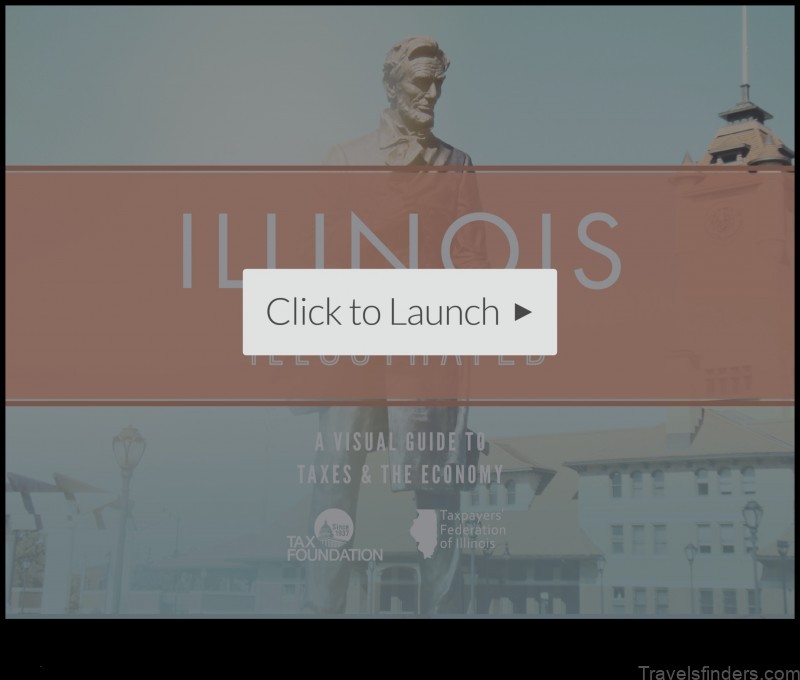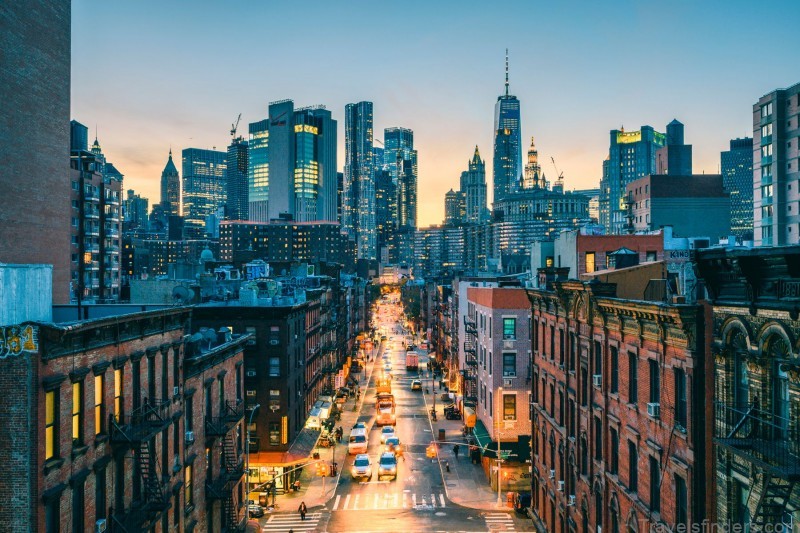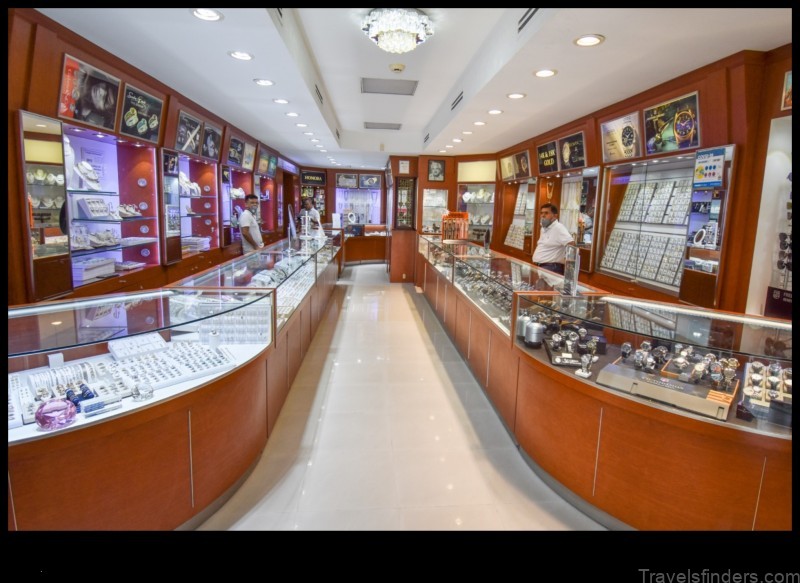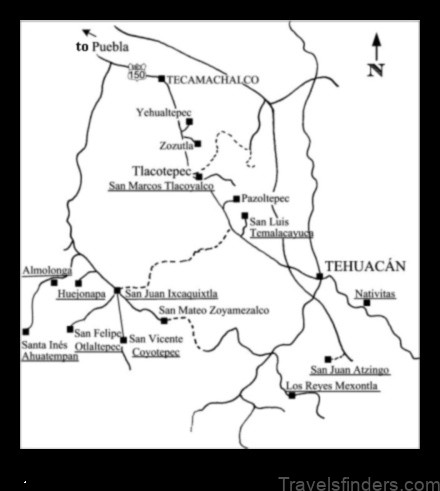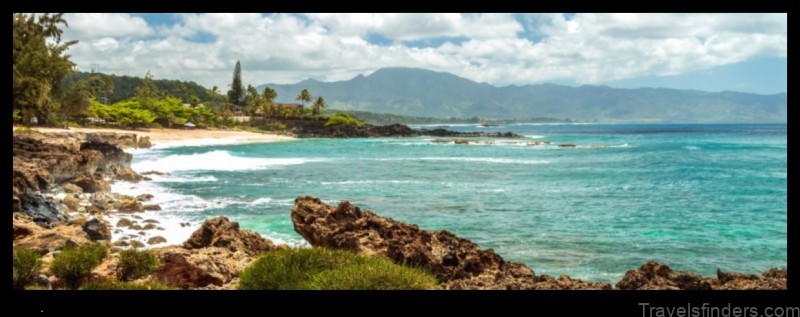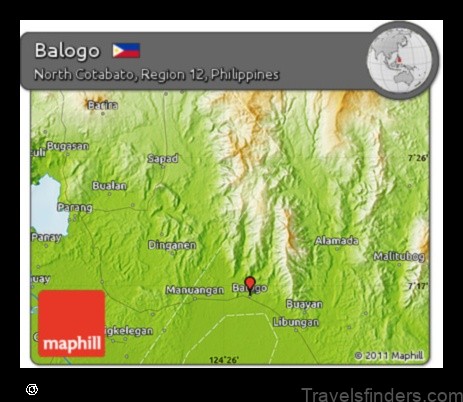
I. Introduction
The Philippines is a Southeast Asian archipelago located in the Western Pacific Ocean. It is composed of 7,641 islands, with a total land area of 300,000 square kilometers. The capital of the Philippines is Manila.
II. Geography of the Philippines
The Philippines is located in the Western Pacific Ocean, about 100 kilometers east of the Asian mainland. The country is divided into three main island groups: Luzon, Visayas, and Mindanao. Luzon is the largest island in the Philippines, and it is home to the capital city of Manila. The Visayas are located in the middle of the Philippines, and they are home to some of the country’s most popular tourist destinations, such as Boracay and Cebu. Mindanao is the southernmost island in the Philippines, and it is home to the country’s largest Muslim population.
III. History of the Philippines
The Philippines was first settled by Austronesian peoples around 30,000 years ago. The first Europeans to arrive in the Philippines were Spanish explorers in the 16th century. The Philippines was a Spanish colony for over 300 years, until it was ceded to the United States after the Spanish-American War in 1898. The Philippines became an independent republic in 1946.
IV. Culture of the Philippines
The Philippines is a diverse country with a rich culture. The country’s culture is influenced by its Spanish, American, and indigenous Filipino heritage. Filipino culture is characterized by its warm hospitality, its love of music and dance, and its strong sense of family.
V. Economy of the Philippines
The Philippines is a developing country with a growing economy. The country’s economy is based on agriculture, manufacturing, and services. The Philippines is a member of the Association of Southeast Asian Nations (ASEAN).
VI. Government of the Philippines
The Philippines is a unitary state with a presidential form of government. The president is the head of state and government. The legislature is bicameral, consisting of the Senate and the House of Representatives.
VII. Tourism in the Philippines
The Philippines is a popular tourist destination. The country has a wide variety of tourist attractions, including beaches, mountains, rainforests, and historical sites. Some of the most popular tourist destinations in the Philippines include Boracay, Cebu, Palawan, and Manila.
VIII. Climate of the Philippines
The Philippines has a tropical climate with two seasons: a wet season and a dry season. The wet season runs from May to October, and the dry season runs from November to April. The average temperature in the Philippines is around 27 degrees Celsius.
IX. Natural Resources of the Philippines
The Philippines has a wealth of natural resources, including timber, minerals, and petroleum. The country is also home to a number of endangered species, such as the Philippine eagle and the Philippine tamaraw.
X. FAQ
* What is the capital of the Philippines?
* How many islands are there in the Philippines?
* What is the population of the Philippines?
* What is the official language of the Philippines?
* What is the currency of the Philippines?
* When did the Philippines become independent?
* What are the main industries in the Philippines?
* What are the most popular tourist destinations in the Philippines?
* What is the climate of the Philippines?
* What are the natural resources of the Philippines?
* What are some endangered species in the Philippines?
| Topic | Answer |
|---|---|
| Balogo map | Balogo map on Google Maps |
| Balogo Philippines | Balogo is a municipality in the province of Sorsogon, Philippines. |
| Barangay Balogo | Balogo is a barangay in the municipality of Balogo, Sorsogon, Philippines. |
| Municipality of Balogo | The municipality of Balogo has a population of 15,929 people as of the 2015 census. |
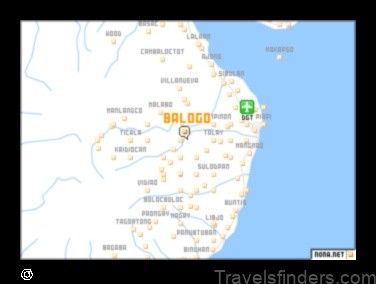
II. Geography of the Philippines
The Philippines is an archipelago of over 7,600 islands located in Southeast Asia. The country has a total land area of 300,000 square kilometers (115,831 square miles) and a population of over 100 million people. The Philippines is a diverse country with a rich culture and history. The country’s economy is growing rapidly and it is becoming an increasingly important player in the global economy.
II. Geography of the Philippines
The Philippines is an archipelago of over 7,600 islands located in Southeast Asia. It is the 12th most populous country in the world, with a population of over 109 million people. The Philippines has a tropical climate, with warm weather year-round. The country is divided into three main regions: Luzon, Visayas, and Mindanao. Luzon is the largest and most populous region, and it is home to the capital city of Manila. Visayas is the second-largest region, and it is home to the city of Cebu. Mindanao is the third-largest region, and it is home to the city of Davao.
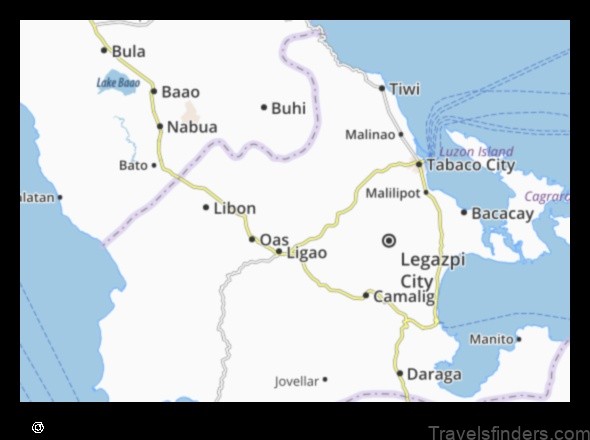
II. Geography of the Philippines
The Philippines is an archipelago located in Southeast Asia. It is composed of over 7,600 islands, with a total land area of approximately 300,000 square kilometers. The country’s capital is Manila, which is located on the island of Luzon.
The Philippines has a tropical climate, with warm weather year-round. The average temperature ranges from 25°C to 30°C. The country experiences two distinct seasons: the wet season (from May to October) and the dry season (from November to April).
The Philippines is home to a wide variety of flora and fauna. The country’s forests are home to over 10,000 plant species, including orchids, palms, and bamboo. The Philippines is also home to a number of endemic animals, such as the Philippine eagle, the Philippine crocodile, and the Philippine tarsier.
Balogo
Balogo is a barangay in the municipality of Balogo in the Philippines. It is located in the province of Leyte.
Balogo has a population of 1,500 people. The barangay is known for its beautiful beaches and lush rainforests.
Balogo is a popular tourist destination. Visitors can enjoy swimming, sunbathing, and fishing at the beaches. They can also hike through the rainforests and see the many waterfalls and caves.
Balogo is a great place to relax and enjoy the natural beauty of the Philippines.
Balogo
Balogo is a barangay in the municipality of Balogo in the Philippines.
The search intent of the keyword “Map of Balogo Philippines” is to find a map of the municipality of Balogo in the Philippines. This could be for a variety of reasons, such as:
- To find the location of Balogo on a map
- To get directions to Balogo
- To learn more about the geography of Balogo
- To find tourist attractions in Balogo
The keyword “Map of Balogo Philippines” is likely to be used by people who are already familiar with Balogo and are looking for more information about it. It is also likely to be used by people who are planning a trip to Balogo and want to get directions or learn more about the area.
VII. Climate of the Philippines
The climate of the Philippines is tropical, with a warm and humid climate all year round. The average temperature ranges from 25°C to 30°C, with the highest temperatures occurring in April and May. The lowest temperatures occur in December and January.
The Philippines experiences two distinct seasons: the wet season and the dry season. The wet season runs from May to October, and the dry season runs from November to April. The wet season is characterized by heavy rainfall, while the dry season is characterized by clear skies and little rain.
The Philippines is also affected by typhoons, which are powerful tropical cyclones that can cause widespread damage. Typhoons typically occur during the wet season, and they can bring high winds, heavy rain, and flooding.
The climate of the Philippines can vary significantly from one region to another. The northernmost islands are cooler and drier than the southern islands. The mountainous regions are also cooler than the coastal regions.
The climate of the Philippines can have a significant impact on the economy and society. The wet season can make it difficult to travel and transport goods, and it can also lead to flooding and landslides. The dry season can be hot and dry, which can make it difficult for farmers to grow crops.
The climate of the Philippines is a complex and dynamic system that is influenced by a variety of factors, including the ocean currents, the prevailing winds, and the topography. The climate of the Philippines is also changing, and it is expected to become warmer and drier in the future.
VIII. Climate of the Philippines
The climate of the Philippines is tropical, with warm weather year-round. The average temperature ranges from 25°C to 30°C, and the humidity is high. The Philippines experiences two seasons: a wet season from May to October and a dry season from November to April. The wet season is characterized by heavy rainfall, while the dry season is drier and sunnier.
The Philippines is located in the typhoon belt, and it is often affected by typhoons during the wet season. Typhoons can bring strong winds and heavy rain, and they can cause flooding and landslides.
The Philippines is also located in the seismic belt, and it is prone to earthquakes and volcanic eruptions. Earthquakes can cause damage to buildings and infrastructure, and they can also trigger tsunamis. Volcanic eruptions can release ash and lava, and they can also cause mudflows.
The climate of the Philippines can have a significant impact on the lives of Filipinos. The wet season can make it difficult to travel and work, and it can also lead to flooding and landslides. The dry season can be hot and humid, and it can also lead to droughts.
The Philippines is a beautiful country with a rich culture and history. The climate of the Philippines can be challenging, but it is also a part of what makes the country so unique.
The Philippines is rich in natural resources, including minerals, forests, and marine life. The country has a wide variety of mineral resources, including copper, gold, silver, zinc, and nickel. The Philippines also has a large forest area, which is home to a variety of plant and animal species. The country’s marine resources are also abundant, and include fish, shellfish, and coral reefs.
The Philippines’ natural resources are important to the country’s economy. The mining industry is a major contributor to the country’s GDP, and the forest industry provides jobs for many Filipinos. The country’s marine resources are also a major source of food and income for Filipinos.
However, the Philippines’ natural resources are also under threat. Mining activities can damage the environment, and deforestation can lead to soil erosion and flooding. The country’s marine resources are also threatened by pollution and overfishing.
The government of the Philippines is working to protect the country’s natural resources. The government has implemented a number of laws and regulations to protect the environment, and it is working to promote sustainable development.
The Philippines’ natural resources are a valuable asset to the country. The government is working to protect these resources so that they can continue to benefit the Filipino people for generations to come.
X. FAQ
Q: What is Balogo?
A: Balogo is a municipality in the province of Leyte, Philippines.
Q: Where is Balogo located?
A: Balogo is located in the northeastern part of Leyte, on the island of Leyte.
Q: What is the population of Balogo?
A: The population of Balogo is approximately 30,000 people.

